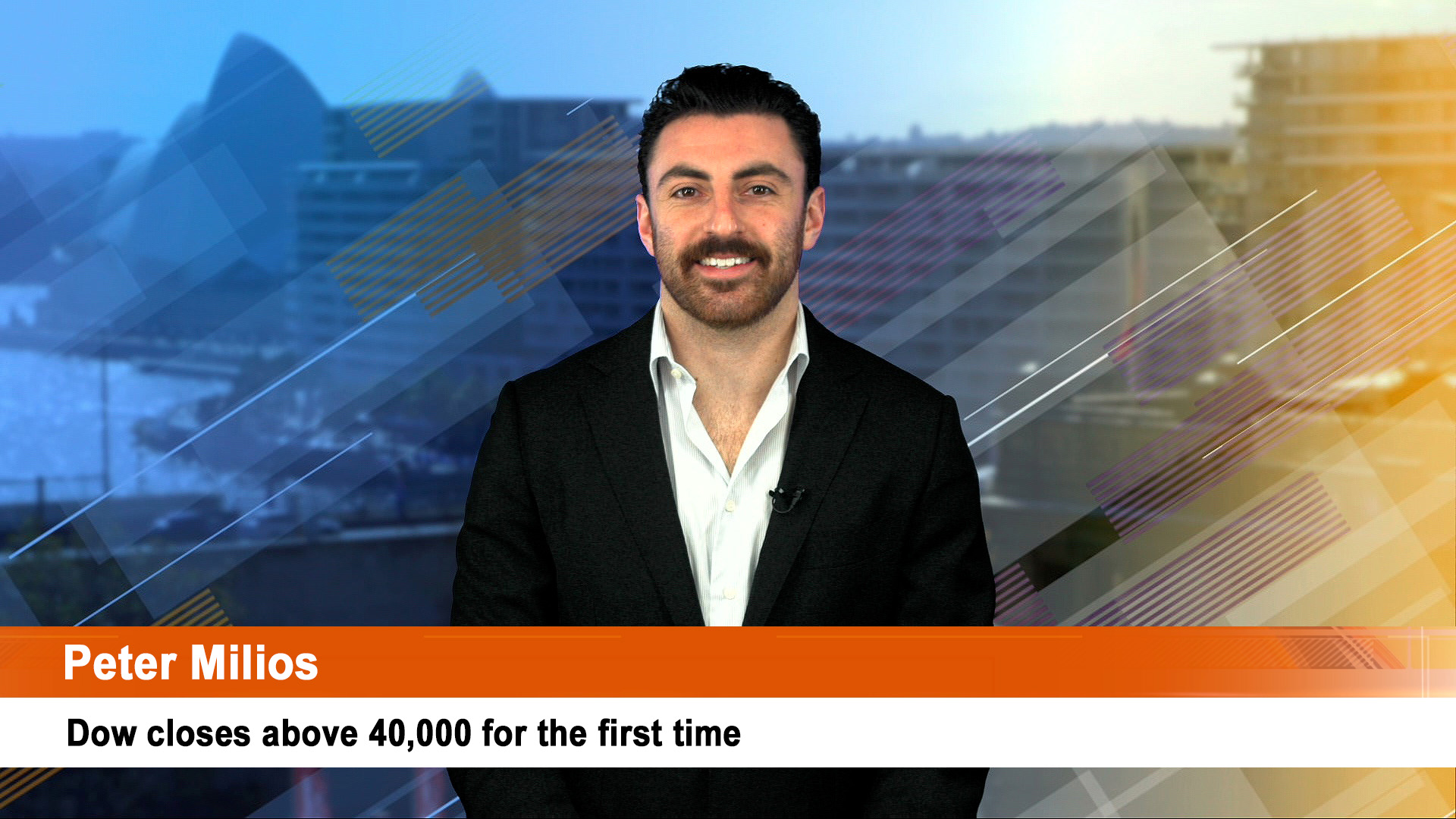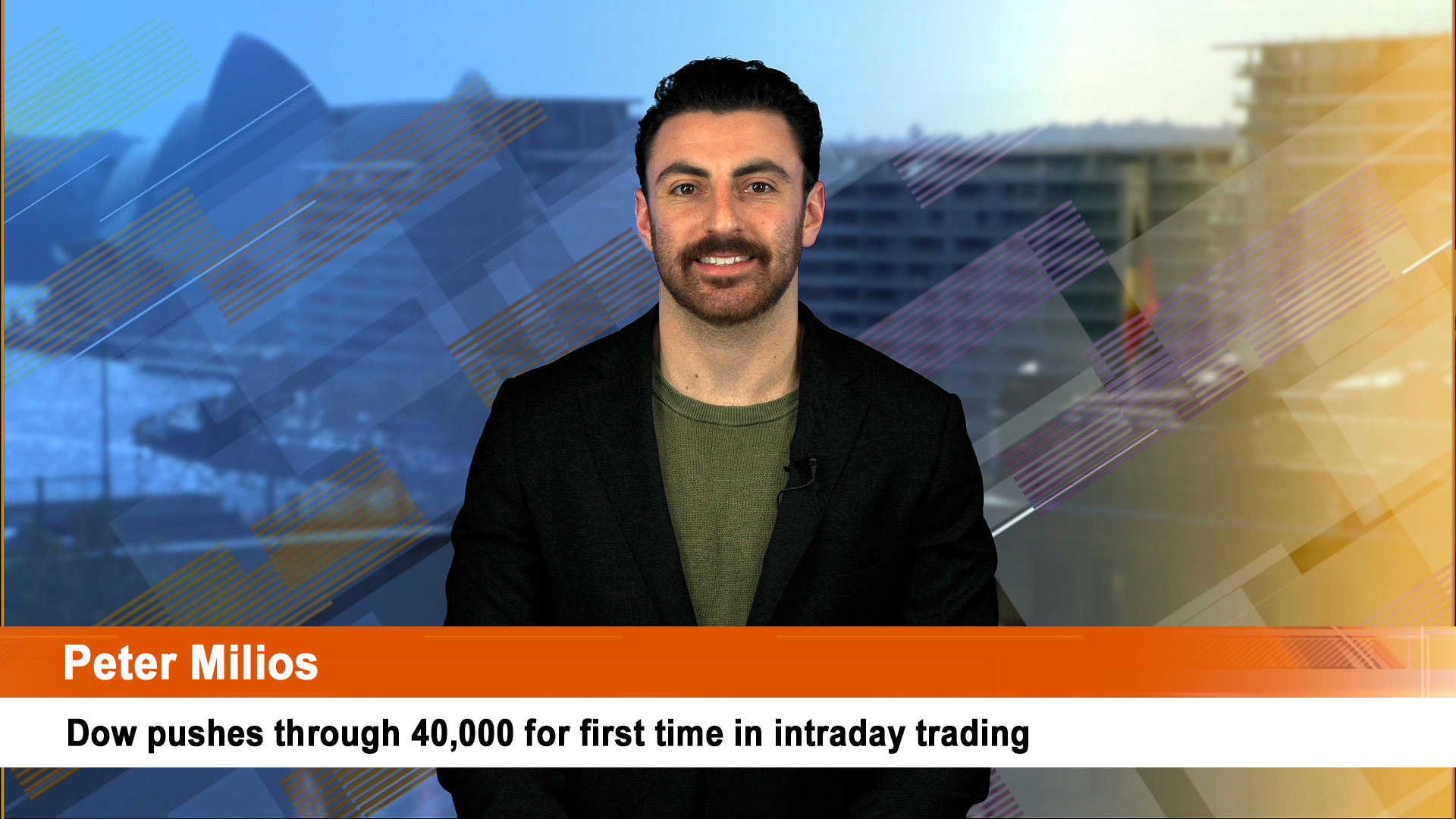Russia and Ukraine and rising oil prices, Covid, earnings here and offshore, Australian wages and interest rates across the Tasman – all will make for a slightly different but still familiar potpourri of issues for markets to contend with over the coming week.
The President’s Day holiday and closed US markets mean investors will trade a little blind for the next day which could be scary if Vlad Putin intensifies his campaign of lies and aggression against Ukraine.
That is a recipe for another surge in gold and oil prices and a fall in US bond yields as investors seek safe havens – but not such a strong boost to oil prices after Friday’s Russian moves seemingly dampened oil prices.
So far as inflation and monetary policy are concerned, the Reserve Bank of New Zealand meets Wednesday and will lift interest rates – the AMP’s chief economist, Shane Oliver says it could be a rise of 0.50% to take the country’s Official Cash Rate to 1.25%.
The cash rate was last set at 0.75% at the RBNZ meeting last November.
Moody’s economists however are going for a rise of 0.25% on Wednesday.
A rise will feed into the Australian monetary policy debate.
In Australia’s it will be wages that will hold the attention with Wednesday’s release of the December quarter and 2021 Wage Price Index by the Australian Bureau of Statistics.
Most estimates are for a rise of around 2.4% to 2.6% for the year – still well under the Reserve Bank’s target of more than 3%. The RBA’s estimate for 2021 is 2.25%.
Dr Oliver wrote at the weekend “we expect a 0.8% quarter on quarter (qoq) increase which would be its fastest increase since 2014 and would see annual wages growth rate accelerate to 2.4% year on year (yoy)”.
Other data for the release includes the start of figures for Wednesday week’s release of the December and 2021 GDP numbers.
So Wednesday we get the value of construction work done in the December quarter – it should show a small rise while Thursday sees the release of December quarter and half year business estimates for 2021-22.
The private business capex spending report will also contain the first estimate of 2022-23 private business investment.
It’s also the last week for December 31 balancing companies to report their interim or full year figures while there’s also the mid-month update on the strength of business activity
More than 60 major companies are due to report this week led by Rio Tinto, Coles, Woolworths. and BlueScope.
As well as Australia, February business conditions PMIs for Europe, UK, Japan, and Australia (today) and for the US (Tuesday) “may show some improvement after the Omicron hit to services in January,” according to Dr Oliver.
US data is likely to show a further decline in consumer confidence but also another rise in home prices (both due Tuesday), rising home sales (Thursday and Friday), a firmer trend in durable goods orders (Friday) and another lift in core private final consumption inflation (also Friday) to 5.2% year on year, wrote Dr Oliver in his weekend note.
US earnings for the December quarter are close to wrapping up with more than 82% of S&P500 companies having reported.
This week more retailers with home hardware giants, Home Depot and Lowes, the big department store chain, Macy’s (Nordstrom, their upmarket rival last week revealed weak quarterly figures), TJX Cos (a discount chain which has a small presence in Australia) Foot Lockyer and eBay.
Global beer giant, ABInBev (which owns Fosters in Australia) is due to report this week, along with vaccine maker, Moderna, Square (which took over Afterpay), Anglo American, Vale (the big Brazilian iron ore miner), Newmont (the world’s biggest gold miner), Teck (the biggest Canadian miner) Daimler, HSBC, a slew of big Canadian banks, HP, Munich Re, Swiss Re, Liberty Media and associated companies in the John Malone media empire and Singapore Airlines.
The second estimate of US GDP is being released on Thursday. The first estimate was a 1.9% rise quarter on quarter (now 2.0% according to some economists) and an annual rate of 5.5% (a touch higher in the new estimate).













